New Zealand’s popular city of Auckland is often the entry point for people visiting the country. While it is seen by locals as different from the rest of New Zealand, I spent several months living and working in Auckland and fell in love with the city. That said, I would also highly advocate a tour around the North Island and South Island. International visitor arrivals to the city have risen to 1.7 million annually and it’s not hard to see why. Read on for the ultimate Auckland itinerary for 7 days.
This post may contain affiliate links. That means, if you make a purchase, I may receive a small commission. As an Amazon Associate I earn from qualifying purchases. For more information, read my disclaimer.
Planning your Auckland itinerary for 7 days
A drive across Auckland’s suspension bridge provides a breathtaking sweeping view of the city, the calm blue water and the countless white yachts. Just a short drive away are wide deserted beaches, plentiful forests and jutting rocks. All of which have spiritual significance to the indigenous Maori people, who first landed in New Zealand from South East Asian territories around a thousand years ago.
I love how this pride in the beautiful natural surroundings and its cultural heritage underpins the feel of this otherwise super-modern city.
Where to stay in Auckland
Finding the right place to stay in Auckland can set the tone for your entire trip. The city’s diverse suburbs each offer their own unique charm, from the artsy and social streets of Ponsonby to the historic beauty of Parnell and the bohemian village feel of Mount Eden.
During my time in Auckland, I found that where you stay makes all the difference—Mount Eden quickly became my home, but I also loved the energy of Ponsonby’s nightlife and the convenience of the CBD. Below are some of the best places to stay in Auckland, depending on your budget and travel style.
Best areas to stay in Auckland
When I first arrived in Auckland, I booked a hostel in Mount Eden Village for a few nights, but I ended up staying for months. This charming area has quaint shops, cafés and a strong community feel, with easy access to the city. The bus service into the city is cheap and easy, which made it an ideal place to stay long-term.
If you prefer to be in the heart of the city, the central business district or CBD is most convenient for nightlife and transport hubs.
Best budget accommodation in Auckland
Auckland has a great selection of hostels and budget hotels catering to every type of traveller, from social backpackers to those looking for a quiet and cozy stay. Here is the best budget accommodation in Auckland’s most popular areas for budget travellers.
Mount Eden
- Eden Lodge – A charming boutique-style hostel with a peaceful atmosphere, offering cozy rooms and a lovely garden setting.
CBD
- Lylo Auckland – A stylish and social capsule-style hostel.
- Haka House Auckland – A modern backpackers’ spot with great amenities.
Explore the map below for the best accommodation deals for your dates:
The best Auckland itinerary for 7 days
Day 1: Explore Auckland CBD
- Morning: Arrive in Auckland and check into your accommodation. Start your day by exploring Queen Street, Auckland’s main shopping and business district. Visit Britomart, a vibrant area known for its trendy cafés, designer boutiques, and historic architecture. Stroll through Aotea Square, visit the Auckland Art Gallery, and grab a coffee in the lively Britomart precinct.
- Afternoon: Head to Sky Tower, the most iconic landmark in Auckland. Take in 360-degree panoramic views from the observation deck, or if you’re feeling adventurous, try the SkyWalk or SkyJump for an adrenaline rush. Afterward, explore the waterfront at Viaduct Harbour. Stroll along the marina and admire the luxury yachts.
- Evening: Enjoy dinner at the Viaduct Harbour, where you’ll find some of Auckland’s best restaurants with stunning waterfront views. If you’re up for a night out, explore the bars in the Viaduct or take a short walk to Britomart’s rooftop bars for a stylish end to the day.
Day 2: Auckland’s volcanoes
- Morning: Visit Mount Eden, the highest natural point in Auckland. A gentle walk to the top gives you outstanding views over the city and its volcanic crater. The summit is a sacred Māori site, and it’s easy to see why—it’s a peaceful place with incredible panoramic views.
- Late Morning: Visit One Tree Hill & Cornwall Park, an extinct volcano with Māori historical significance. Walk through Cornwall Park’s rolling green landscapes and admire the sheep grazing under ancient trees.
- Afternoon: Visit the Auckland Domain, Auckland’s oldest park, home to beautiful walking trails, winter gardens, and scenic viewpoints over the city. It’s a great place to unwind before heading to your next adventure. Then, take a stroll through Albert Park to soak in the greenery and city views.
- Evening: Watch the sunset from Bastion Point, overlooking Waitematā Harbour.
Day 3: Waiheke Island Day Trip
I visited Waiheke Island on a group day trip with friends, and it remains one of my favorite Auckland experiences.
- Morning: Take a 40-minute ferry to Waiheke Island, then enjoy brunch at Wai Kitchen.
- Afternoon: Wander the vineyards and savour the stunning the coastal views, before wine tasting at a winery such as Jurassic Ridge Winery.
- Evening: Return to Auckland and explore the Viaduct Harbour nightlife.
Read more about the Waiheke Island itinerary here.
Day 4: Devonport & North Shore
Devonport is a 10 minute ferry ride from Auckland’s central business district (CBD).
- Morning: Take the 10-minute ferry to Devonport and explore its quaint shops, cafés, and galleries.
- Afternoon: Hike up Mount Victoria or North Head for stunning views of Rangitoto Island and the Auckland skyline.
- Evening: Relax at Takapuna Beach or grab dinner at a North Shore restaurant.
Day 5: Outdoor adventures & hiking
People in New Zealand appreciate the outdoor lifestyle and the beaches. In summer, the sun shines all day long for months and everyone can get out into nature, for a hike or something more adventurous.
- Morning: Go hiking at the Waitākere Ranges, with options like Kitekite Falls or Piha Beach walks. The first time I visited Piha, I was taken aback by the dramatic black sand beaches and rugged coastline.
- Afternoon: Relax at Piha Beach, watch the surfers, and take in the wild beauty of the west coast.
- Evening: Return to Auckland and grab dinner in the CBD or Wynyard Quarter.
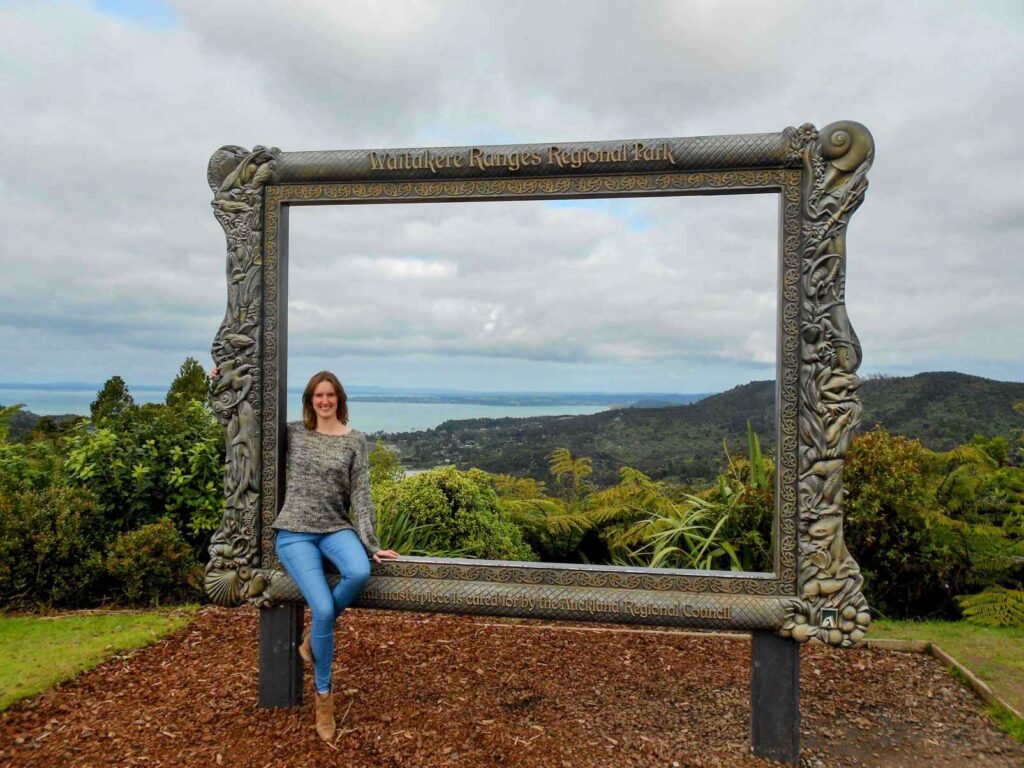
Day 6: Māori culture and Auckland nightlife
- Morning: Discover Māori history and culture at Auckland Museum.
- Afternoon: Explore Queens Wharf markets, browse Māori crafts, and watch traditional kapa haka performances.
- Evening: Experience Auckland’s nightlife in the Viaduct, Ponsonby or K Road.
My experience discovering the Maori culture in Auckland
At a yoga class, I met a Maori girl who suggested we watch the Kapa Haka Super 12s, part of the Matariki Festival. This festival, from mid-June to mid-July, is to mark New Year, as celebrated by the indigenous people of New Zealand.
The waterfront venue on Queens Wharf hosted colourful trade market stalls selling Maori arts, crafts and clothing. One we saw was a traditional Maori wood carving depicting Mother Earth holding her pregnant belly.
The Kapa Haka Super 12s is a contest in which 12 groups compete with creative variations of the traditional Maori haka, or dance. The winners are awarded an impressive cash price.
In the one I saw, some went all out with Avenue Q style puppets, while others gave us cover versions of well-known songs sung by the troupes in the Maori language.
It reminded me of the fierce haka performed by the New Zealand rugby squad ahead of their international games. What I love about this are the crazy wide eyed expressions and gestures that make the haka so enjoyable and so intimidating.
Day 7: Beach day
- Morning: Visit Mission Bay Beach or take a scenic walk along the Tamaki Drive waterfront.
- Afternoon: Enjoy a final meal at a waterfront restaurant and explore any missed sights.
- Evening: Head to the airport or continue your New Zealand adventure!
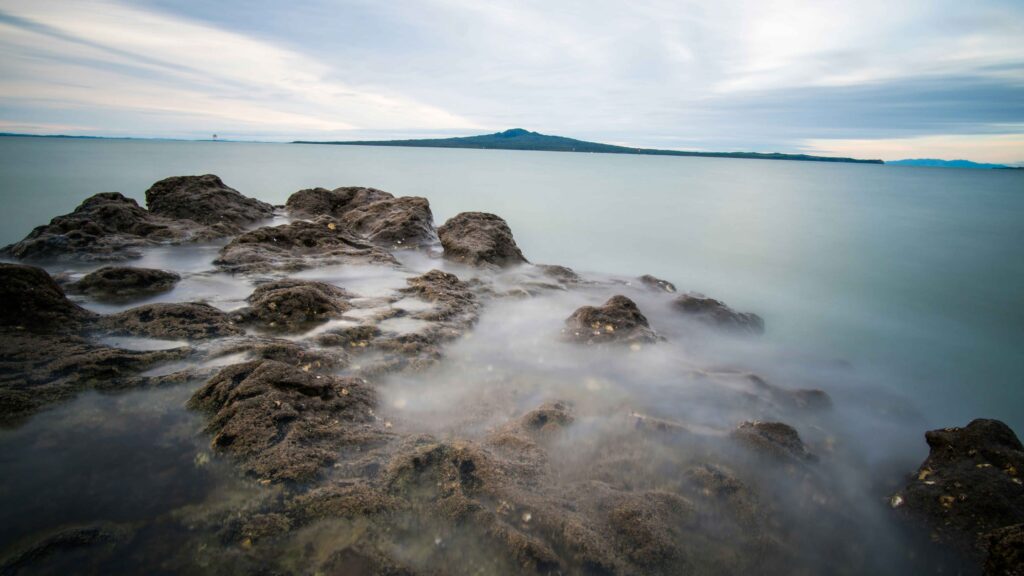
Final thoughts an Auckland itinerary for 7 days
Auckland is more than just a stopover—it’s a city full of adventure, culture, and incredible natural beauty. You can easily fill a week with the many things to do and places to see here.
From volcano climbs to island escapes, Māori traditions and buzzing nightlife, this Auckland 7-day itinerary ensures you experience the best of the city.
Next up, find out the best way to explore more of New Zealand’s North Island


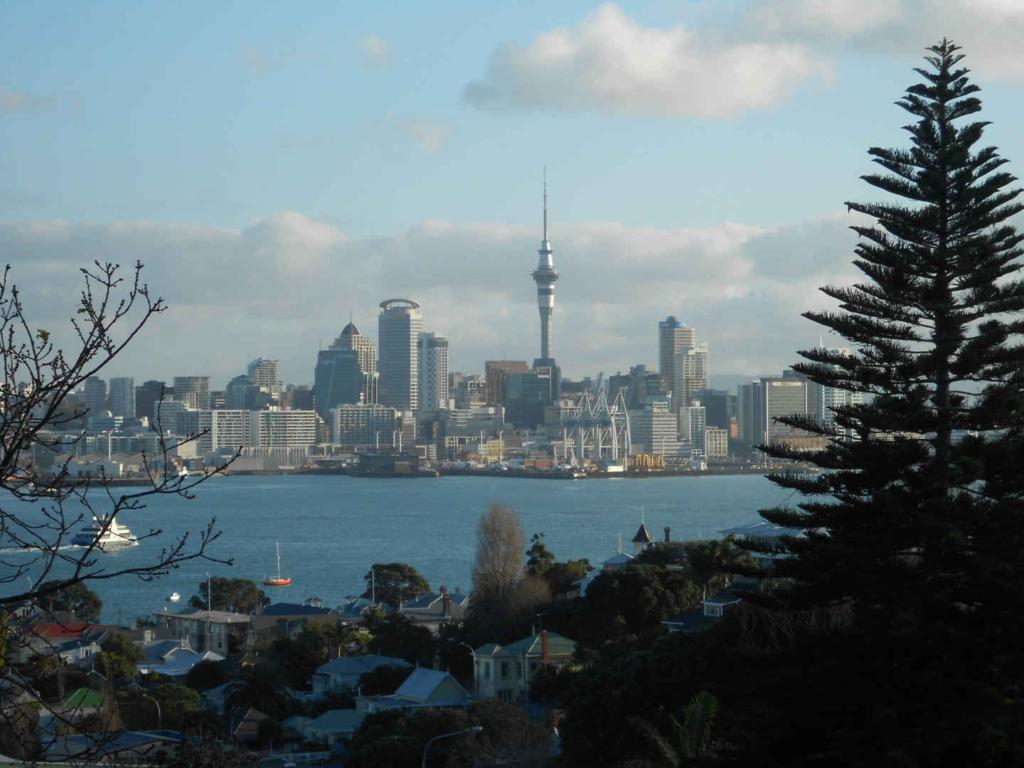
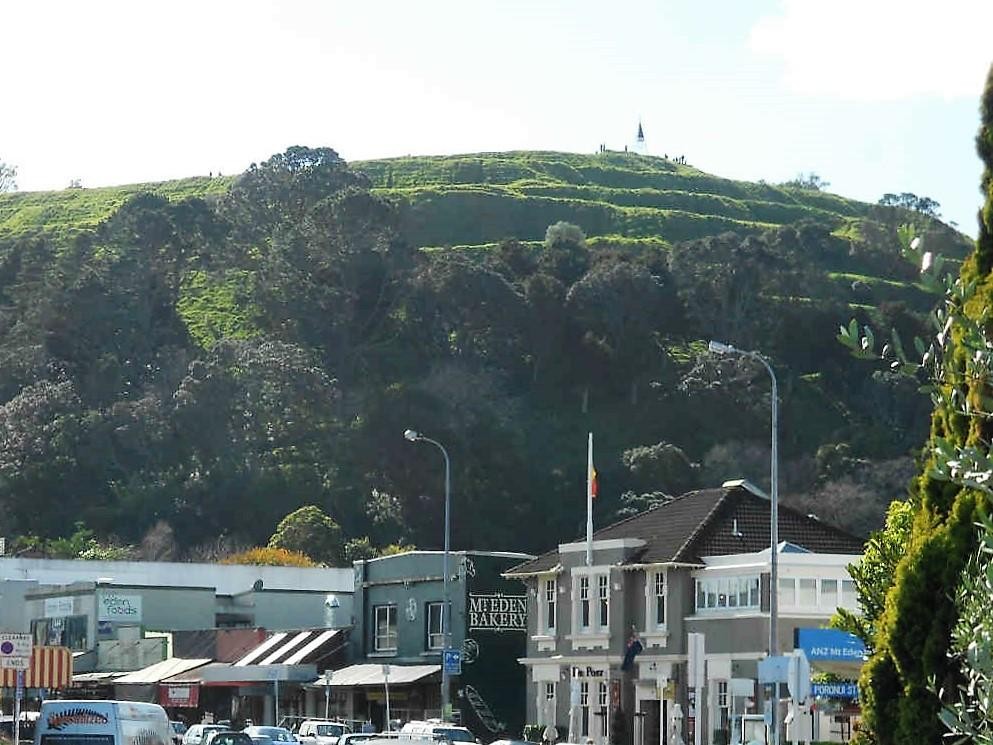
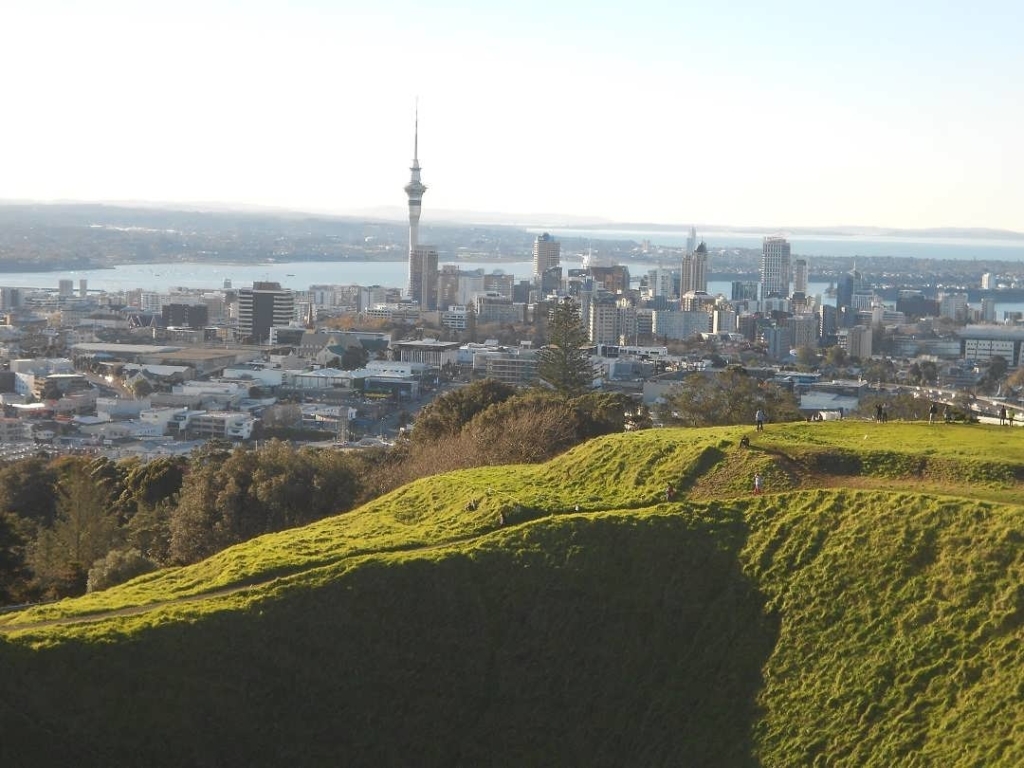
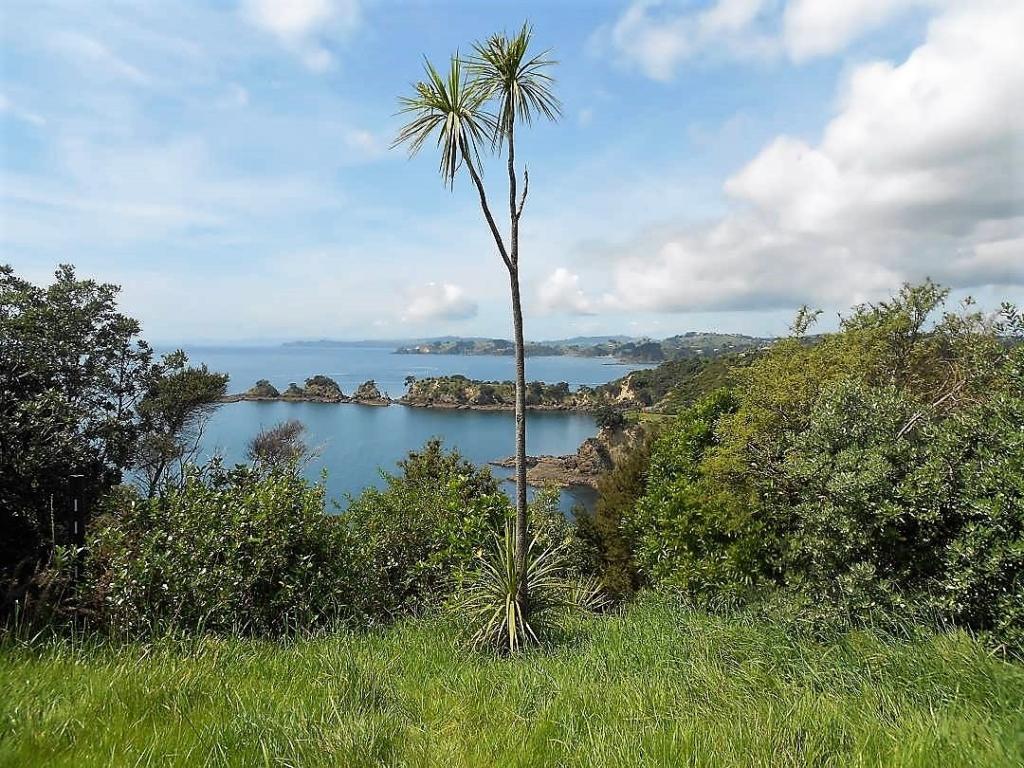
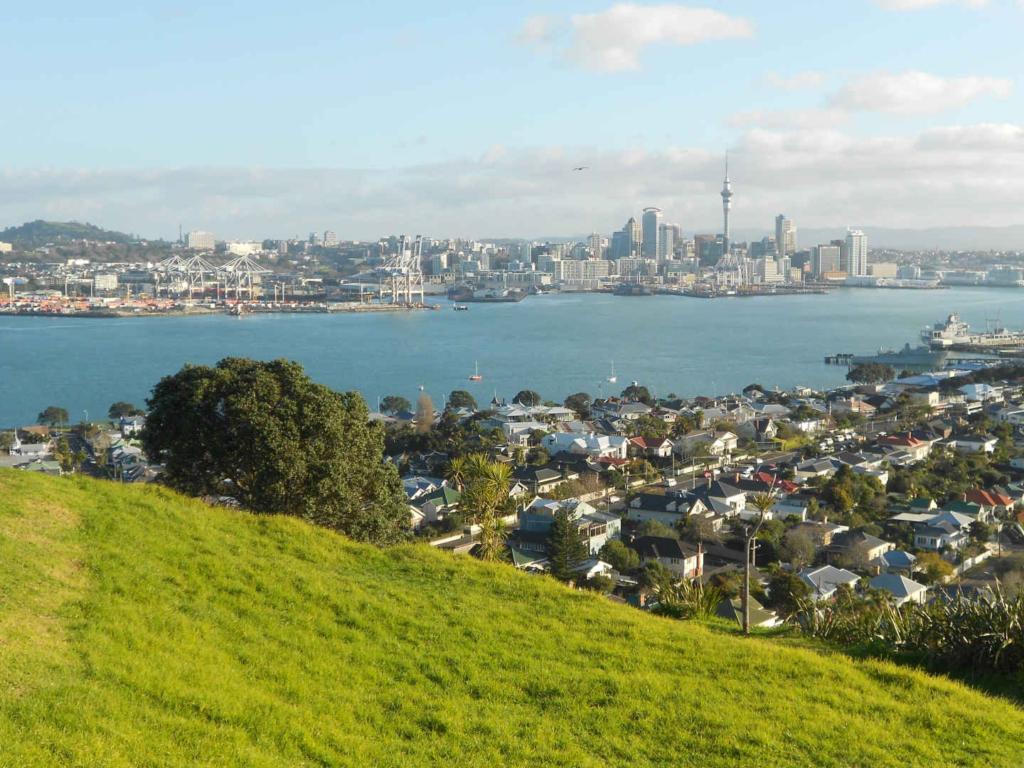
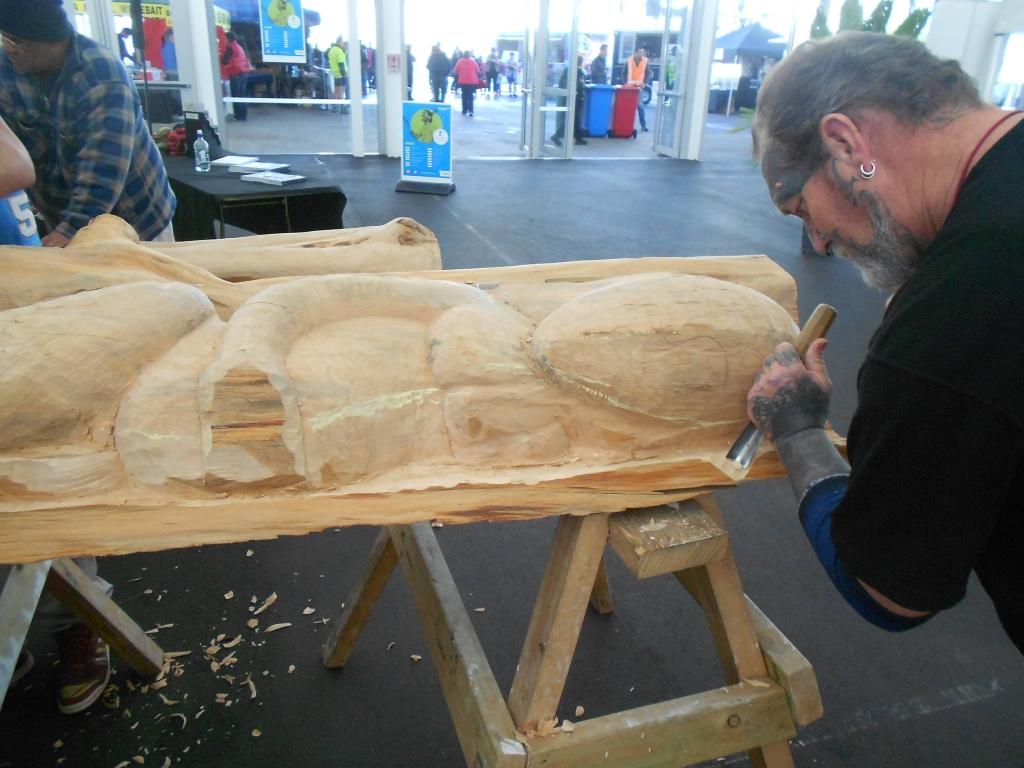
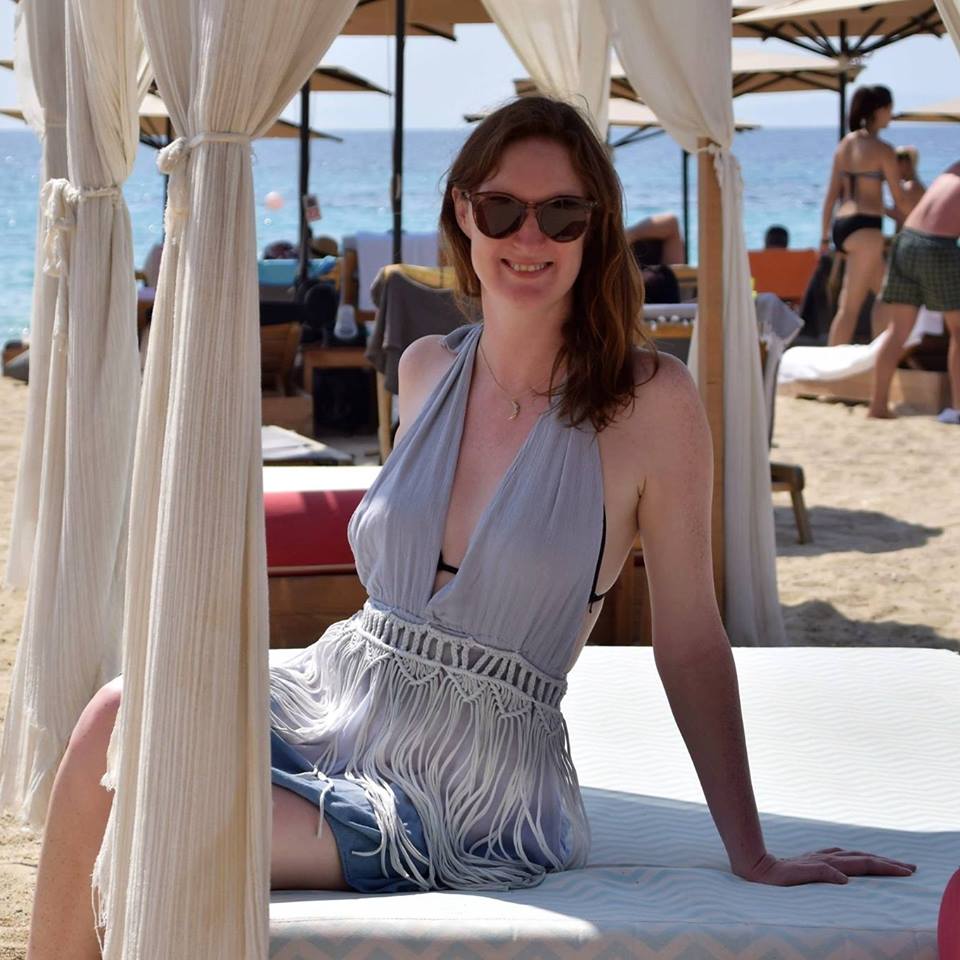
Another very well-written piece. Thanks, Claire.
Thank you Les! I hope you’re keeping well.
> Date: Sat, 14 Sep 2013 07:57:11 +0000 > To: claire_drinkwater@hotmail.com >